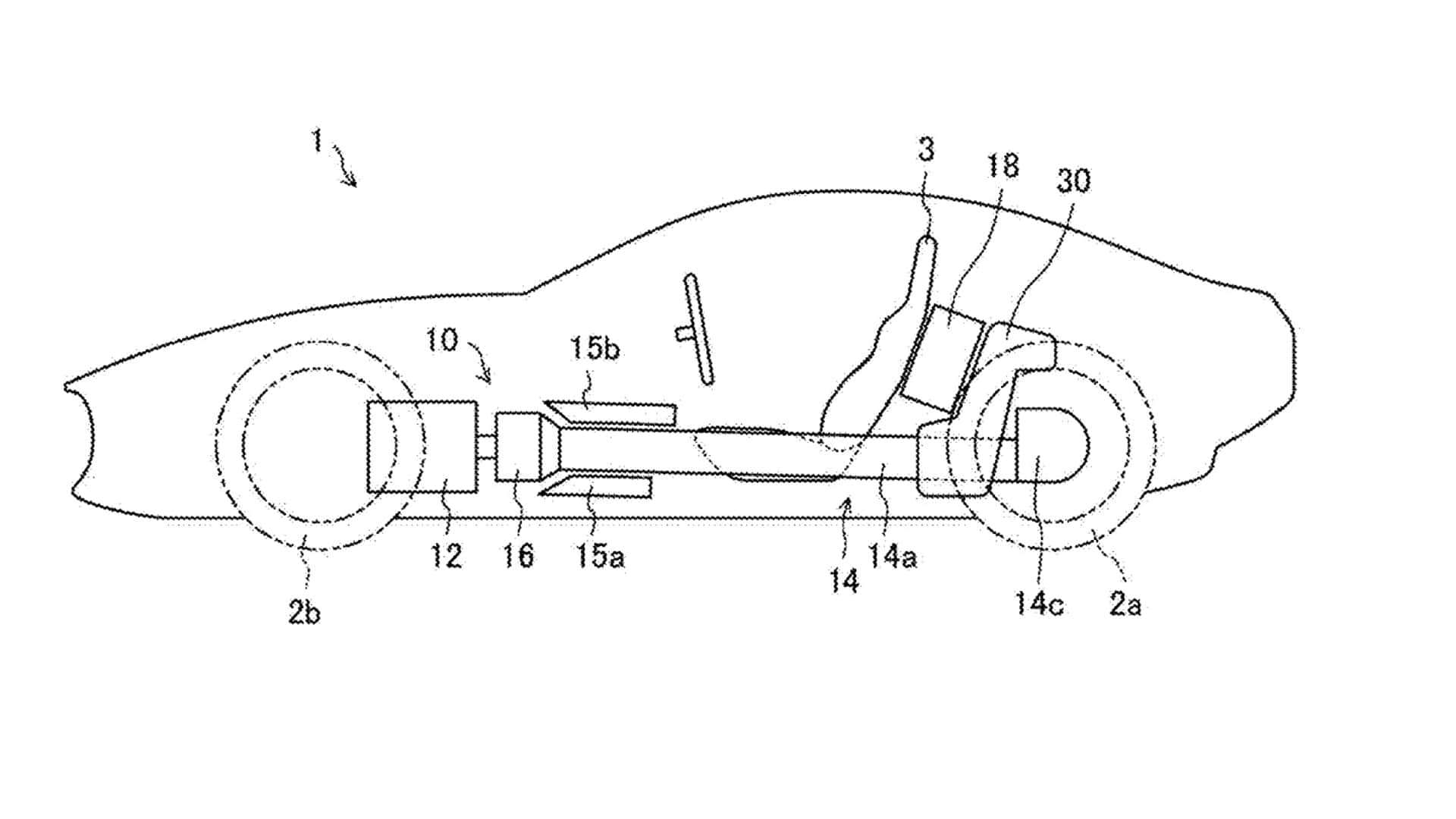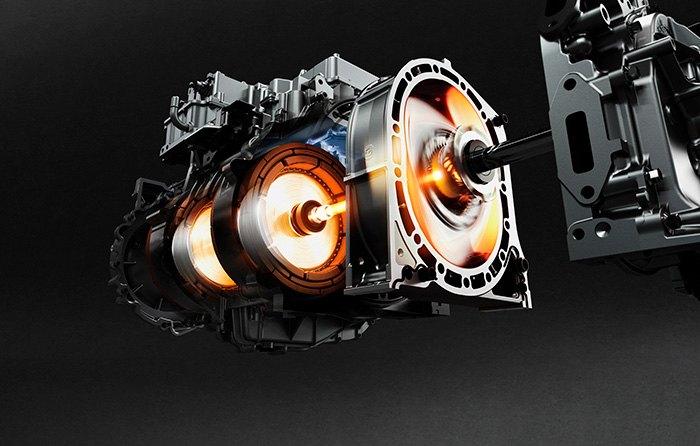HIROSHIMA, Japan - Mazda Motor Corporation (Mazda) will accelerate its research and development of rotary engines (RE) that are adapted to the new era in its efforts to continue to deliver the joy of cars through solutions that are appropriate for the times toward the realization of carbon-neutral society.
The 'RE Development Group' has been reinstated in Powertrain Technology Development Department of Powertrain Development Division on February 1, 2024, preluding a sequel of the RE story. The new RE Development Group will continue to evolve RE used as generators, and will conduct research and development in areas such as regulatory compliance in major markets as well as the application of carbon-neutral fuels.
Electric Drive Unit of Mazda MX-30 e-SKYACTIV R-EV
Commenting on the move, Director, Senior Managing Executive Officer, and Chief Technology Officer (CTO) Ichiro Hirose said, "In Mazda's history, the rotary engine is a special symbol of our 'challenger spirit.' We are deeply grateful to all those who have supported RE to date, and are pleased to announce the rebirth of the organization that develops RE, the engine that has been loved by customers around the world. For the last six years, RE engineers have been part of the engine development organization where they engaged in the development of state-of-the-art internal combustion engine functions as well as the ultimate improvement in efficiency. Those engineers have broadened their perspective beyond the boundaries of engine systems, and have trained themselves to master the 'Model-Based Development,' which is one of Mazda's engineering strengths.
This time, 36 engineers will gather in one group to make a breakthrough in the research and development of RE. In the age of electrification and in a carbon-neutral society, we promise to keep delivering attractive cars that excite customers with our 'challenger spirit.'"
The rotary engine is an engine with a unique structure that generates power by rotating a triangular rotor. Mazda was the first to install RE in the Cosmo Sport introduced in 1967, and for many years since then, Mazda has been working to improve performance in terms of output, exhaust-gas purification, fuel economy, and durability as the only automobile manufacturer to mass-produce rotary engines. In June 2023, the company resumed mass production of vehicles with rotary engines for the first time in approximately 11 years since the end of production of the Mazda RX-8 in 2012. Currently, the Mazda MX-30 e-SKYACTIV R-EV, the 12th model that mounts a rotary engine, has been introduced in Japan and Europe.
Mazda will continue to pursue the 'Joy of Driving' under its core value, “Human Centric”, and aim to deliver 'Joy of Living' by creating moving experiences in customers' daily lives.




 Would have been too cool for school picking up a used NISMO by now. DOUBLE
Would have been too cool for school picking up a used NISMO by now. DOUBLE